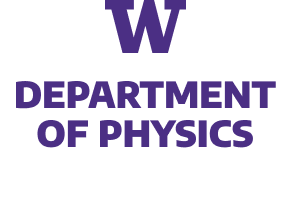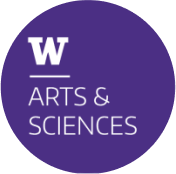We explore the utility of qutrits and qubits for simulating the flavor dynamics of dense neutrino systems. The evolution of such systems impacts some important astrophysical processes, such as core-collapse supernovae and the nucleosynthesis of heavy nuclei. Many-body simulations require classical resources beyond current computing capabilities for physically relevant system sizes. Quantum computers are therefore a promising candidate to efficiently simulate the many-body dynamics of collective neutrino oscillations. Previous quantum simulation efforts have primarily focused on properties of the two-flavor approximation due to their direct mapping to qubits. Here, we present new quantum circuits for simulating three-flavor neutrino systems on qutrit- and qubit-based platforms, and demonstrate their feasibility by simulating systems of two, four and eight neutrinos on IBM and Quantinuum quantum computers.
This work was supported, in part, by U.S. Department of Energy, Office of Science, Office of Nuclear Physics, InQubator for Quantum Simulation (IQuS)9 under DOE (NP) Award No. DE-SC0020970 via the program on Quantum Horizons: QIS Research and Innovation for Nuclear Science (Turro, Bhaskar, Chernyshev), and the Quantum Science Center (QSC) which is a National Quantum Information Science Research Center of the U.S. Department of Energy (DOE) (Illa). This work is also supported, in part, through the Department of Physics12 and the College of Arts and Sciences at the University of Washington. This research used resources of the Oak Ridge Leadership Computing Facility (OLCF), which is a DOE Office of Science User Facility supported under Contract DE-AC05-00OR22725. We acknowledge the use of IBM Quantum services for this work.


